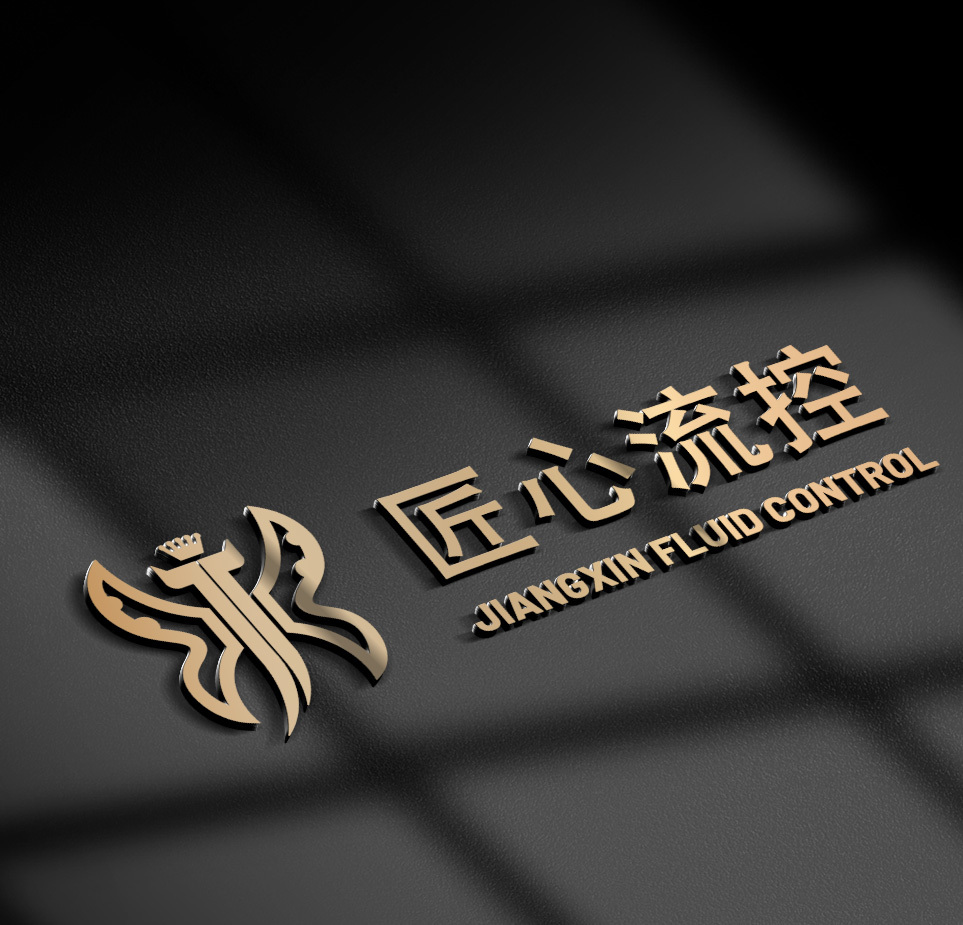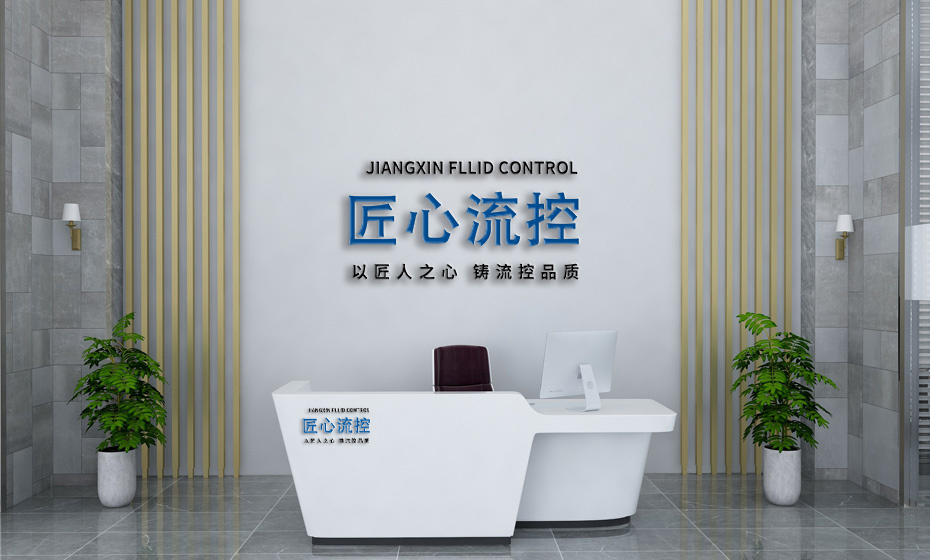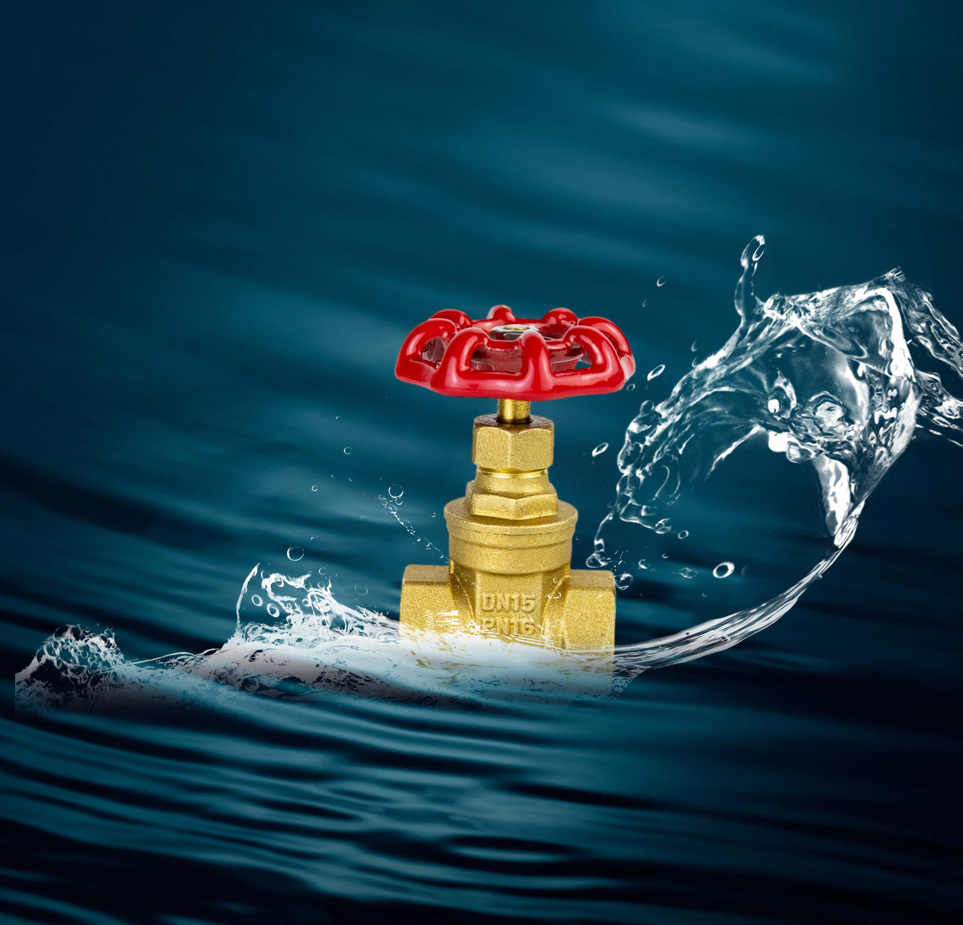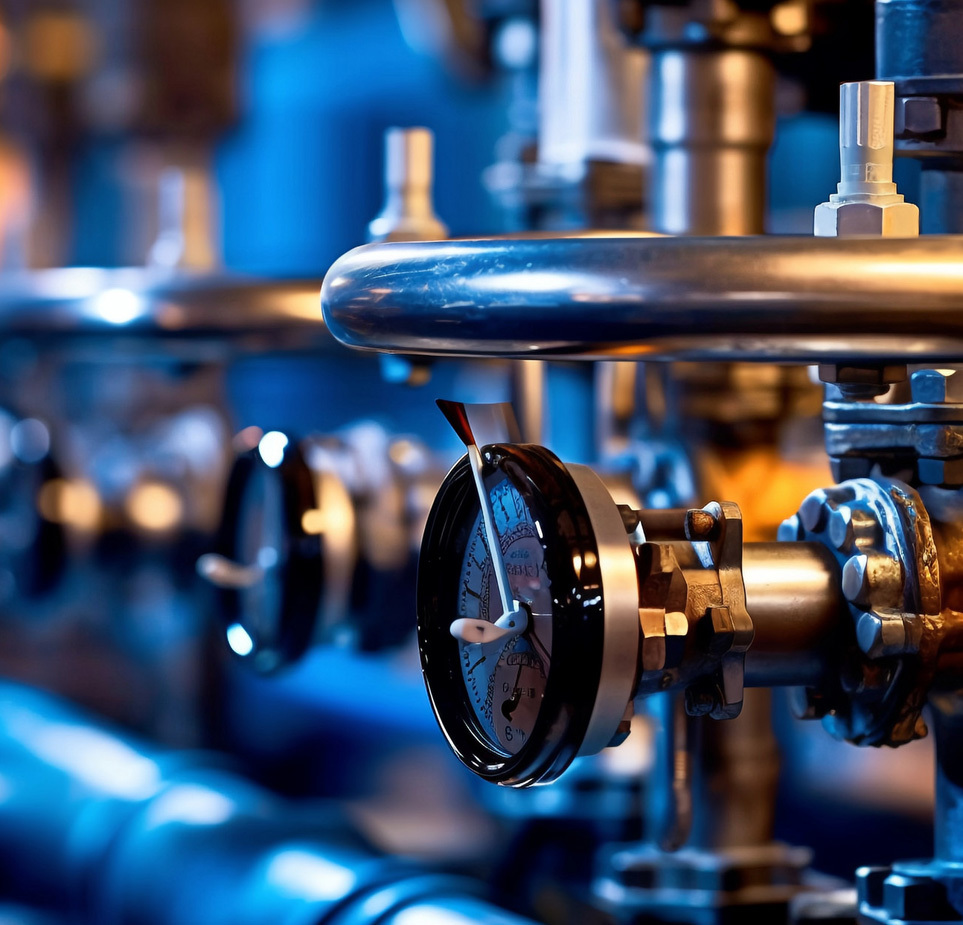Installation precautions for external clamp ultrasonic flow meter
Release time:
2023-08-25
The fixed external clamp ultrasonic flowmeter has been widely praised in the market for its accuracy, stability, and easy operation. It is commonly used for measuring flow in large pipelines and is convenient to use. It can be measured by simply clamping the sensor onto the pipeline according to the specified method, without breaking the pipeline, and the measurement accuracy is relatively accurate.

The fixed external clamp ultrasonic flowmeter has been widely praised in the market for its accuracy, stability, and easy operation. It is commonly used for measuring flow in large pipelines and is convenient to use. It can be measured by simply clamping the sensor onto the pipeline according to the specified method, without breaking the pipeline, and the measurement accuracy is relatively accurate.
The fixed external clamp ultrasonic flowmeter adopts an IP68 protected sensor probe, which has a longer service life and can work stably without replacement within 5-6 years. The external clamp type ultrasonic flow meter has high requirements for installation personnel, and the level of installation directly affects measurement accuracy. In the future, there will be more maintenance work, and after long-term operation, coupling agent failure or sensor position change will affect measurement, requiring regular maintenance.
The following are the installation steps and precautions for fixed external clamp ultrasonic flow meters, hoping to be helpful to everyone:
1. Understand the on-site situation
Before installing the fixed external clamp ultrasonic flowmeter, it is necessary to understand the on-site situation, including:
1) What is the distance from the installation location of the sensor to the host machine;
2) Pipeline material, pipe wall thickness, and pipe diameter;
3) Pipeline service life;
4) The type of fluid, whether it contains impurities, bubbles, and whether the tube is full;
5) Fluid temperature; (Insert type sensor pipeline pressure);
6) Is there any interference source at the installation site (such as frequency conversion, high-voltage cable field, etc.);
7) The temperature at which the host is placed in all seasons;
8) Is the power supply voltage used stable;
9) Do you need remote transmission signals and their types;
Based on the on-site situation provided above, the manufacturer can configure according to the on-site situation, and if necessary, special models can also be made.
2. Select installation location
The selection of installation pipe sections has a significant impact on testing accuracy. The selected pipe section should avoid interference and eddy currents, which have a significant impact on measurement accuracy. Generally, the selection of pipe sections should meet the following conditions:
1) Avoid installing machines in areas with strong magnetic fields and vibration interference such as water pumps, high-power radios, and frequency converters;
2) The selection of pipes should be uniform and dense, and the pipe section should be easy for ultrasonic transmission;
3) There should be a sufficiently long straight pipe section, and the upstream straight pipe section of the installation point must be greater than 10D (note: D=diameter), and the downstream straight pipe section must be greater than 5D;
4) The upstream of the installation point should be 30D away from the water pump;
5) The fluid should fill the pipeline;
6) There should be sufficient space around the pipeline for on-site personnel to operate.
Related News







